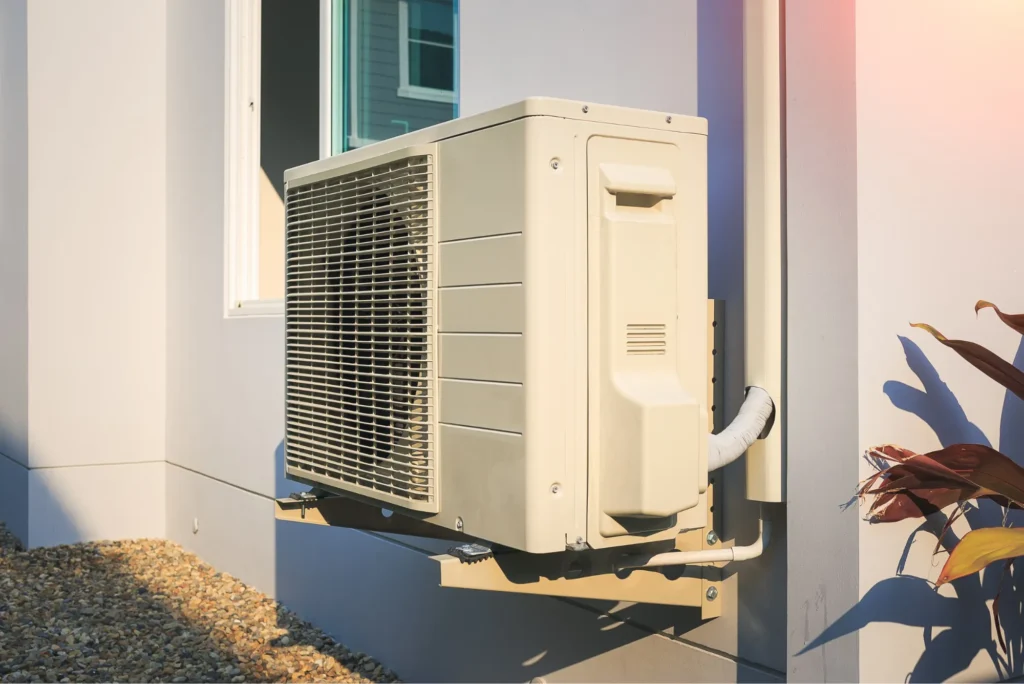Understanding the Basics of Split and Window AC Units
When the heat builds up, finding the right air conditioning unit is more than a luxury; it’s a necessity. However, before making a decision, it’s essential to know the differences between split and window AC units. Split ACs are two-unit systems, with one component installed inside the room and the second placed outside. On the other hand, window ACs combine everything into a single unit fitted into a window or a wall opening. Both types serve the primary purpose of cooling a space, but their design, installation processes, and performance levels vary significantly. Choosing the right type directly affects your comfort, energy bills, and long-term satisfaction. Therefore, understanding these differences becomes critical to making an informed purchase.
Why Installation Matters in Your Decision
One of the most significant factors when choosing between split and window AC units is the installation process. Split ACs typically require professional installation due to their two-unit design. The outdoor and indoor units are connected through refrigerant pipes and electrical wiring, requiring precision for optimal efficiency. This can result in a more involved and time-consuming process, often accompanied by higher installation costs.
On the other hand, window AC units are much simpler to install. Since they are self-contained systems, they can be mounted in an existing window frame or a prepared wall opening without extensive modifications to your space. You’ll benefit from quicker setup and potentially lower costs when opting for a window unit. However, one downside is that a window AC will usually take up some natural light and block part of your view, which might not suit everyone’s preferences. When weighing your options, consider whether ease of installation or preserving window space holds greater importance for you.
Performance and Energy Efficiency Are Game Changers
Performance and energy efficiency are crucial when deciding between split and window AC units. Split ACs are often preferred for their superior cooling performance. They can cool large spaces evenly and can even be tailored to suit specific room sizes by selecting the appropriate capacity. Furthermore, split ACs tend to operate more quietly because the compressor is housed in the outdoor unit, away from the room you’re trying to cool.
Window ACs, while effective for smaller areas, might struggle to provide even cooling in larger spaces. They can also generate more noise since the entire unit operates within the room. When it comes to energy efficiency, split ACs frequently offer better energy ratings and advanced features like inverter technology, which helps reduce power consumption by adjusting the compressor’s speed according to the cooling demand. To explore reliable options, consider checking out O General ac Abu Dhabi, known for offering high-performance air conditioning solutions designed to meet diverse cooling needs. While window units might be more budget-friendly upfront, their energy efficiency may fall short over time, resulting in higher electricity bills. Keep this in mind while evaluating options for long-term savings.
Space and Aesthetic Considerations
Another important aspect to evaluate is how the AC unit will fit into your living space and how it complements the aesthetics of your room. Split ACs usually score higher in this area. The indoor unit is sleek and can be mounted high on the wall, blending seamlessly with your home’s interior design. This makes it an excellent choice for those who prioritize visual appeal and want to maintain an unobtrusive, modern look.
On the flip side, window AC units are bulkier and more conspicuous. They require a window or a designated wall space, which may limit your room’s layout options. The design of window units is often less refined, which might detract from your room’s overall aesthetic. However, window ACs are great if you value functionality over design or if you have minimal installation requirements. Depending on your interior design preferences and spatial constraints, you’ll find that one type of AC will naturally align better with your lifestyle.
Cost Considerations and Long-Term Value
Of course, cost plays a pivotal role in your decision-making process. Initially, window ACs have an advantage when it comes to affordability. Their compact, all-in-one design generally makes them less expensive compared to split ACs. This includes both the unit cost and installation, which is simpler and thus cheaper for window units. If you’re on a tight budget, this could make a big difference.
Split ACs, on the other hand, come with a steeper price tag upfront, both for the unit and professional installation services. However, their advanced technology and energy efficiency can provide significant savings over time. Many split ACs also offer additional features like air purification and dehumidification, adding to their value. If you’re considering high-quality options, take a look at Midea ac Abu Dhabi, which is well-regarded for its cost-efficient yet high-performing cooling systems. Although split ACs may demand a higher initial investment, their long-term benefits often outweigh the costs, especially for those planning to use the unit extensively.
Durability and Maintenance Requirements
Last but certainly not least, think about how durable and easy to maintain your AC unit will be. Split ACs generally have a longer lifespan due to their modular construction and higher-quality components. They are designed for consistent use in both residential and commercial settings, often lasting several years when properly maintained. Regular servicing, filter cleaning, and occasional refrigerant top-ups will keep your split AC working efficiently for a long time.
Window ACs are simpler machines, which makes them easier to repair and maintain. However, their all-in-one design means the wear and tear accumulate within one unit, potentially shortening their lifespan compared to split models. Furthermore, window ACs are more exposed to outdoor elements like rain, dust, and heat, all of which can affect their durability over time. If longevity and ease of maintenance are non-negotiables for you, a split AC might be the smarter choice in the long run.
The Verdict
Deciding between a split AC and a window AC ultimately comes down to balancing your specific needs and priorities. If you’re seeking a modern, energy-efficient, and ultra-quiet cooling solution, a split AC becomes the clear winner. It’s ideal for larger spaces and people who want advanced features along with better aesthetics. Conversely, if you’re on a budget and need a compact, efficient option for a smaller room, a window AC can serve you well.
Take stock of your requirements, compare installation processes, and evaluate ongoing costs. By doing so, you’ll make a choice that not only fits your budget but also enhances your overall comfort and satisfaction in the years to come.





